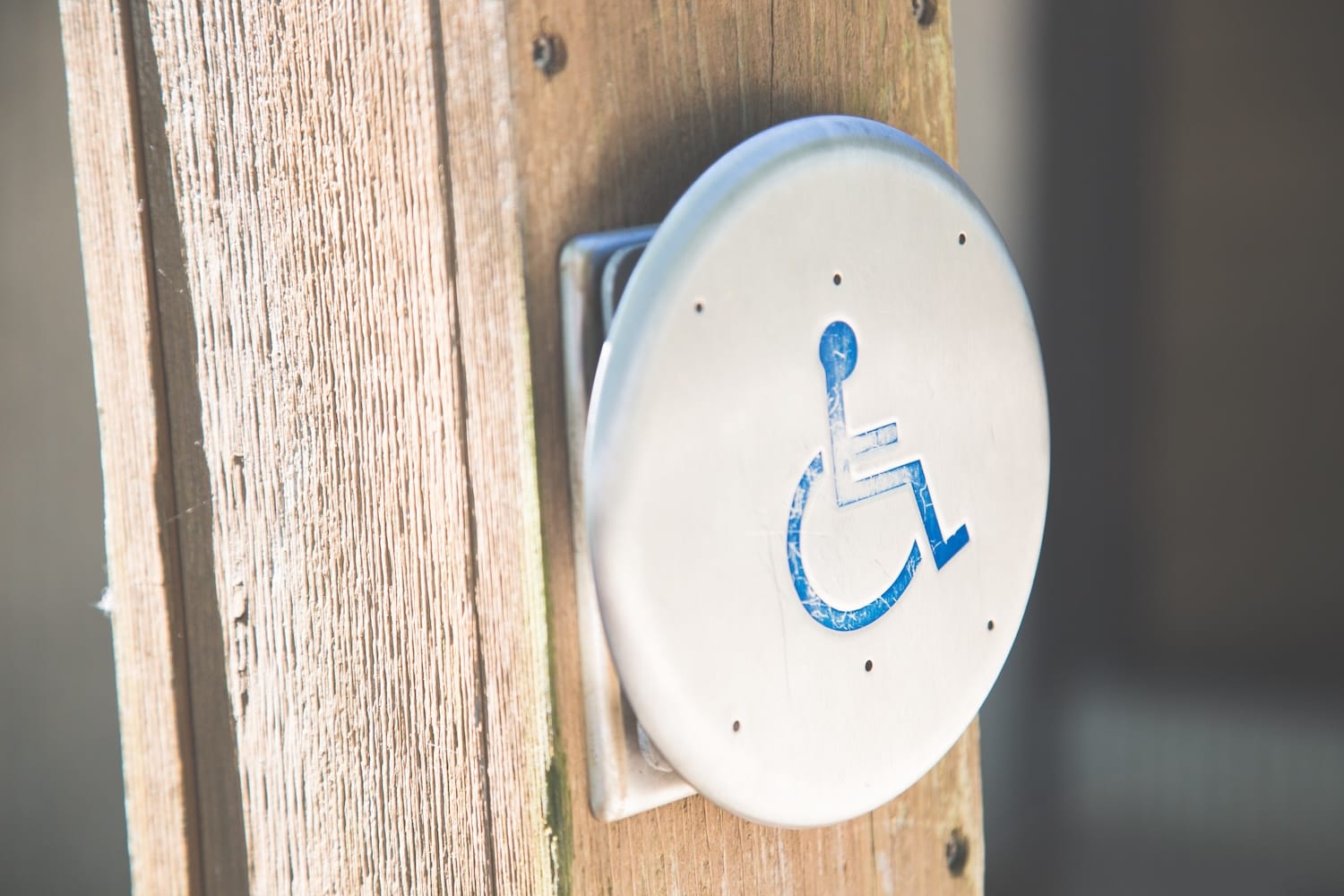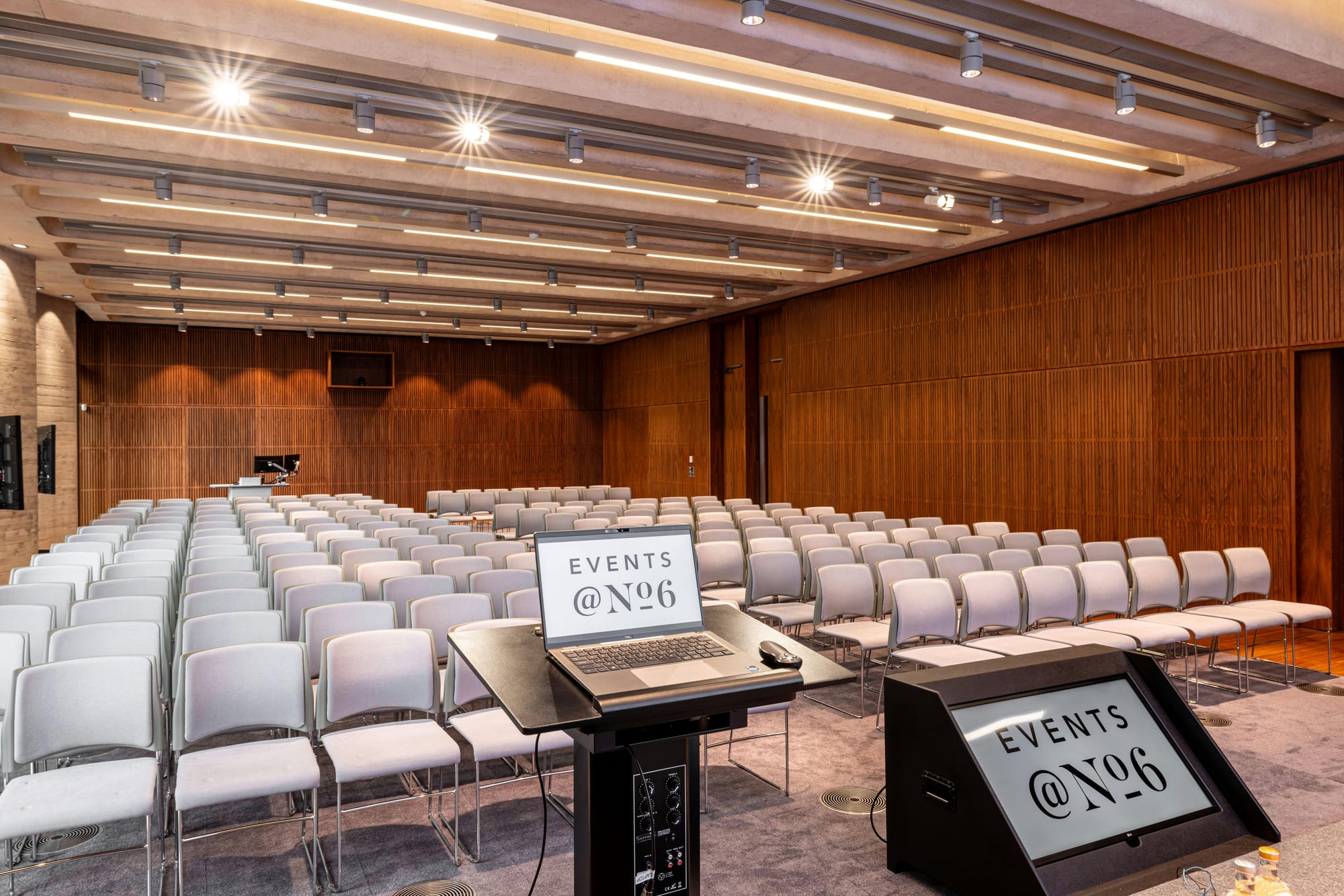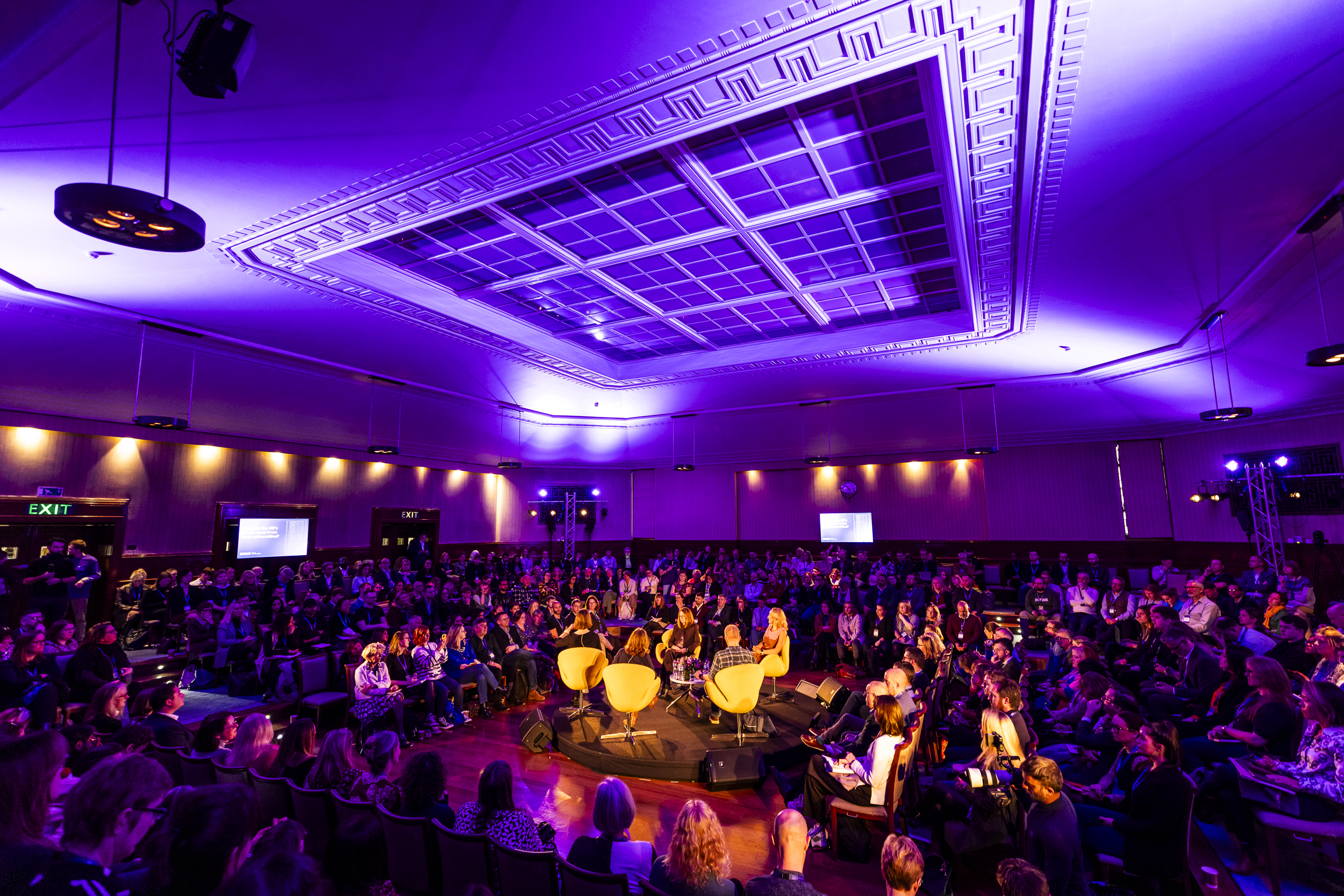Accessibility is now front of mind for many event organisers, but too often, it's focused on physical adaptations alone. For people living with invisible disabilities, from neurodivergence to chronic illness, mental health conditions and sensory impairments, event environments can still present major barriers to participation.
It is estimated that over 10 million people in the UK have a hidden disability, which represents roughly 80% of the UK's disabled population, so it's crucial that we move beyond visible accommodations and build experiences that consider all needs. Here’s how you can design events that are more inclusive, accessible and empowering for attendees with invisible disabilities in 2025 and beyond.
What Are Invisible Disabilities?
Invisible or hidden disabilities refer to physical, neurological or psychological conditions that aren’t immediately apparent. These include:
- Autism, ADHD and sensory processing disorders
- Mental health conditions like anxiety, PTSD or depression
- Chronic illnesses like fibromyalgia, Crohn’s disease or ME/CFS
- Hearing and visual impairments
- Epilepsy and neurological conditions
These needs often go unrecognised or unsupported, particularly in fast-paced, overstimulating event environments.

Empower Your Team to Recognise and Respond
The first step is awareness. Train your entire event team to recognise and support hidden disabilities without making assumptions. This includes:
- Understanding conditions that aren't visible
- Offering help respectfully and without pressure
- Recognising tools like the Sunflower Lanyard or Access Card
“Make sure that everyone—from security to registration—knows the meaning of hidden disability lanyards and how to support those wearing them.” — Jess Cowie, Hire Space
Disclosure must always be optional. No attendee should feel required to explain their condition in order to receive support.

Rethink Your Environment
A truly inclusive event environment considers sensory, emotional and cognitive experiences, not just physical access. Here’s what you should be including as standard in 2025:
- Quiet rooms staffed by wellbeing-trained professionals
- Minimum 14pt font and high-contrast visuals on slides and signage
- Closed captioning and live transcription on all AV content
- Avoid flashing lights and loud, unregulated background noise
- Use soft, indirect lighting and carpeted rooms to reduce echo and strain
- Publish clearly labelled venue maps showing rest areas and step-free routes
“A lot of neurodivergent people spend time in the bathroom or standing outside because it's the only safe place. But once someone steps outside, they often won’t come back.” — Helen Moon
By providing calm, inclusive spaces, you reduce the chance of attendees leaving due to sensory overload and help everyone get the full experience they came for.
Make Accessibility Clear Before the Event
Most people with hidden disabilities won’t want to draw attention to themselves by asking for adjustments. Instead, show that your event is inclusive by sharing what you’ve already planned.
In your pre-event communication:
- List available support (captioning, quiet rooms, BSL interpretation, etc.)
- Include a venue map with accessible routes and rest areas
- Explain how to request additional help confidentially
- Use inclusive, non-medical language throughout
“Rather than asking people what they need, show what you’re already offering. That way, they only need to reach out if they feel safe doing so.” — Jess Cowie, Hire Space
This doesn’t just support attendees, it builds trust. For guidance, see Scope’s accessible venue checklist.
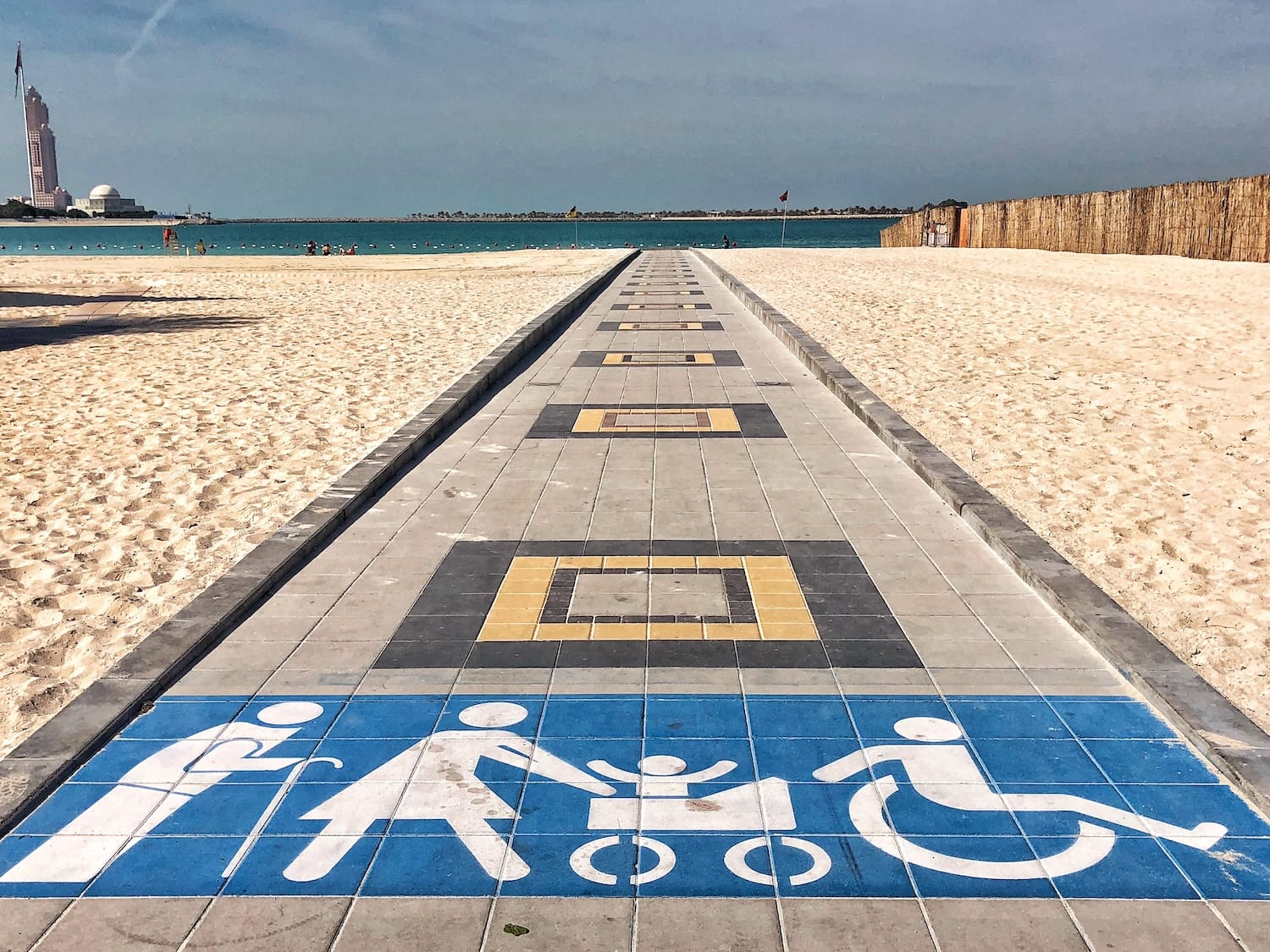
Create Inclusive Networking Options
Traditional networking setups, dark rooms, loud music and unstructured mingling are not inclusive by default. For many neurodivergent people, they're completely inaccessible.
“If I’m trying to read your lips in a dimly lit room with loud background music, it’s exhausting. I need a space where I can focus and feel safe.” — Meg Strahle
“One in five people are neurodivergent. That’s possibly one in five attendees who won’t want to network in the usual way.” — Helen Moon
How to improve it:
- Provide one-on-one networking sessions
- Host topic-based discussion groups to reduce small talk pressure
- Offer quiet, well-lit, carpeted areas with low background noise
- Use networking introducers, staff or volunteers who help initiate conversations
Make Your Digital Experience Compliant (and Welcoming)
From registration forms to event apps and livestreams, your digital event tools must be accessible by law from 28 June 2025, under the European Accessibility Act. That includes:
- Meeting WCAG 2.2 AA standards for all platforms.
- Ensuring keyboard navigation, screen reader compatibility, alt text and captioning
- Offering downloadable resources in accessible formats
Top Tip: Use free auditing tools like WAVE to test your platforms.
Start With Workplace Inclusion
If you want your events to be inclusive, your workplace needs to be, too. Employees with invisible disabilities are often unsupported or feel they need to mask their challenges.
“Sometimes I’ve explained to clients that I struggle with certain things, and they can be very dismissive.” — Jade Fletcher
Take action by:
- Offering adjustment passports to streamline support
- Providing neurodiversity and mental health training through platforms like EventWell
- Allowing flexible, hybrid working to reduce commuting strain and sensory triggers
- Creating a psychologically safe culture that respects privacy and choice

Key Actions for More Inclusive Events
Here’s your 2025 checklist to support attendees with invisible disabilities:
- Train your team to understand and recognise hidden conditions
- Standardise accessible features: quiet rooms, captioning, large signage, high contrast
- Share access details pre-event; don’t wait for people to ask
- Offer alternative networking formats and facilitators
- Comply with digital accessibility standards (WCAG 2.2 AA)
- Embed inclusion in your workplace, not just at your events
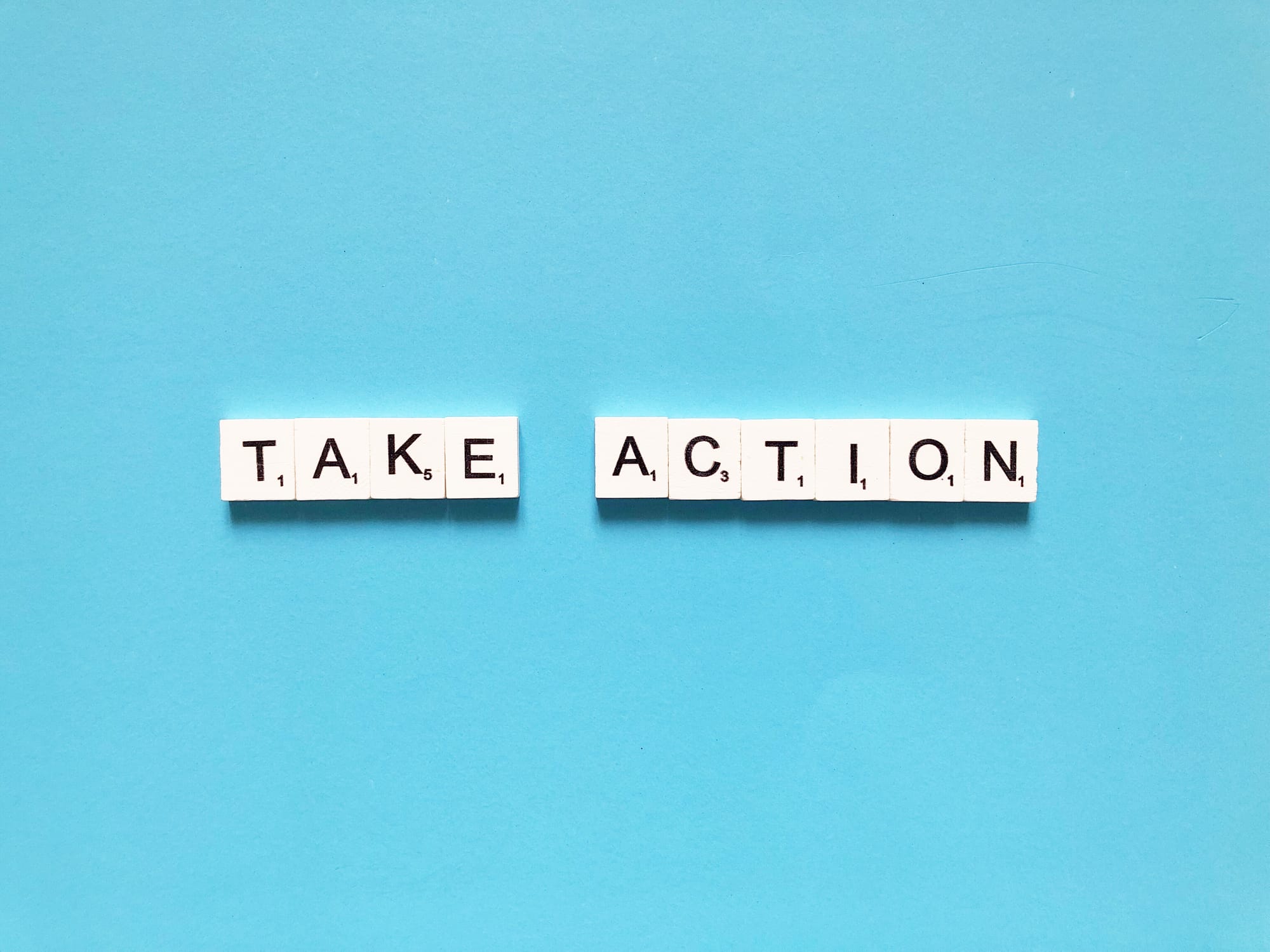
Invisible disability inclusion isn’t a ‘nice to have’—it’s essential. With the right adjustments, support and intention, you can make your events welcoming for all, not just some.
“When you’re an event organiser, you are the custodian of that event. It’s not your event—it belongs to the people who attend. You’re there to deliver the best possible experience for everyone.” — Helen Moon
Keep Reading
Get to grips with all-around topics diversity and inclusion in events, with tips and guidance from our partners in the field.
Read More
Resources
- AccessAble - venue accessibility information on thousands of venues in the UK and Ireland
- Attitude Is Everything - live music access for deaf and disabled people
- Braille Signs - Braille signage for venues
- Braille Works - Braille transcription (US and Canada only) and text-to-speech services
- Business Disability Forum - accessibility training in business and recruitment
- Disability Rights UK - resources and guidance for disabled people in the UK
- Diversity Alliance - inclusion and diversity champions in the events industry and beyond
- Eventwell - provides awareness training and quiet spaces for events
- Event First Steps - supports newcomers in the events industry
- KUDO - live captioning
- Interprefy - live captioning
- My Clear Text - live captioning
- Purple Tuesday - advocates for disabled people in retail spaces
- Royal National Institute of Blind People - resources and advice for blind and visually-impaired people
- Royal National Institute for Deaf People - promotes inclusion for deaf and hearing-impaired people
- Spectrum Speakers & Entertainers - promotes underrepresented groups of speakers and performers
- Stress Matters - provides workplace wellbeing and mental health training
- Wayfindr - provides audio navigation to help blind or visually-impaired people
Author
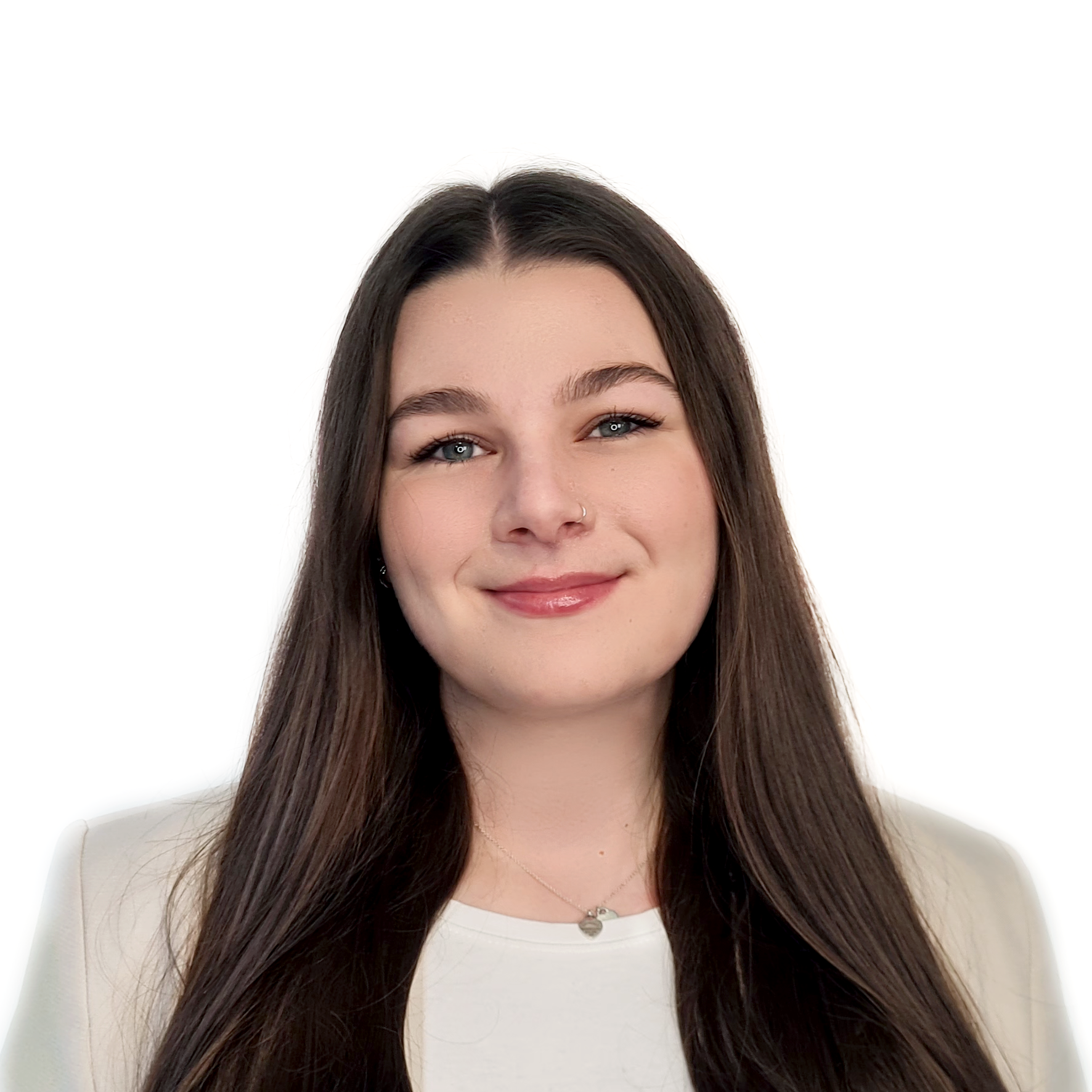
Gemma Baker
Gemma loves all things social media and keeps busy by creating lots of Hire Space content. When she’s not creating content, you'll find her shopping, exploring or at the gym!
